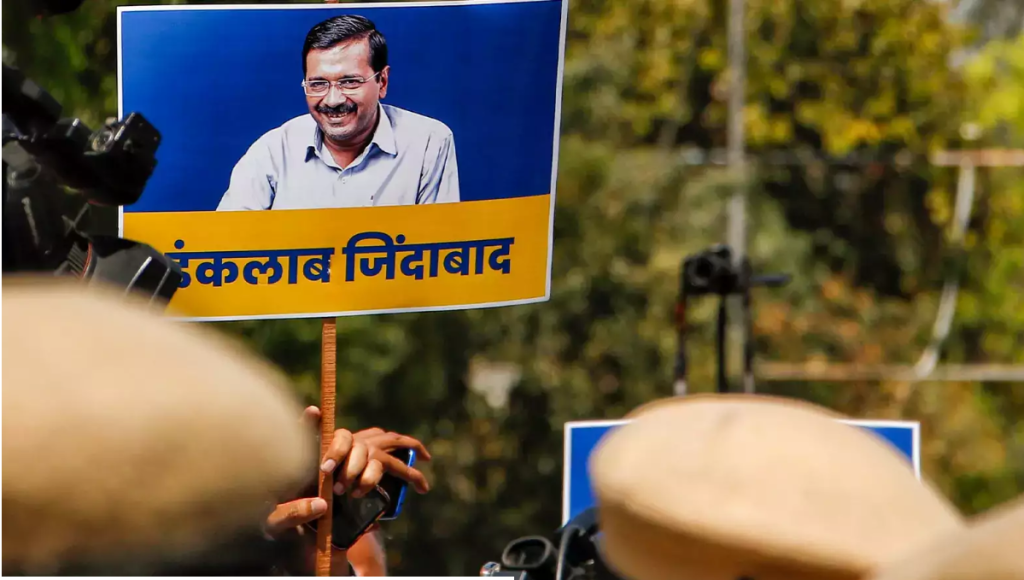From ancient times, Indian rulers have always blamed inflation on the perfidious bania. That is happening globally today. Politicians everywhere are blaming speculators for high inflation.
Actually, inflation occurs when too much money chases too few goods. Today, no great shortfall in goods is evident. World oil production is rising, though slowly. Mineral and metal production is up. The FAO predicts a record global harvest in 2008.
But the world has long been awash in money. The US kept interest rates at just 1% for years after the 2001 recession. This encouraged Americans to spend more than they earned, creating a huge US trade deficit and corresponding trade surpluses in China and other Third World exporters. Initially, this flood of dollars lifted all global boats — world GDP grew at record rates in 2004-08. Inflation was kept down by rising productivity, and by outsourcing manufacturing and services respectively to low-wage centres in China and India.
Money supply expanded fast in Third World countries too (including India). This was partly because central banks bought up dollars in forex markets rather than let their currencies appreciate.
Alas, a flood of money cannot for long lift production alone. Soon it starts raising prices. First the excess money raised housing prices, and everybody was happy. Then it raised stock market prices, and people were very happy. Finally, the flood of money raised consumer prices, and suddenly people are very unhappy.
When world growth is so high that spending outpaces commodity production, commodity prices will rise to signal that growth needs to slow down. But this is politically unpalatable. Slower growth hits jobs and incomes. Rather than permit this, governments everywhere try to stimulate the economy with even more money.
The US Fed has not only slashed interest rates to 2% but provided hundreds of billions of dollars to the stricken financial sector to help it escape the consequences of its excesses. This new dollar flood has worsened inflation.
World commodity prices have shot up in the last two years, spilling over into higher consumer prices. Politicians globally are looking for culprits, and finding them in speculators. Hundreds of billions of dollars have gone in recent years into two investment areas. First, purchases in forward commodity markets — contracts for delivery of commodities at specified future dates. Second, commodity index funds — mutual funds that mimic the price of a group of commodities by buying and selling futures. Such funds have attracted $240 billion in recent times.
Has this sent commodity prices skyrocketing? Very doubtful. Yes, investors are buying forward contracts worth billions. But for every buyer of contracts, hoping for rising prices, there has to be a seller, hoping for falling prices. Speculation is necessarily a two-way street. Besides, every contract expires and is settled at the due date, so such speculation is self-terminating.
Forward trading is mostly paper trading, and must not be mistaken for hoarding. World commodity stocks today are generally low by historical standards. Massive forward trading has not translated into hoarding.
Academic studies have long attempted to find whether forward trading causes a rise in current prices. No clear link has ever been established. Price manipulation is possible in thin, weakly regulated markets. It is not evident in big commodity markets. The US has just enacted legislation limiting the size and financing of forward trades in oil. Past experience suggests this will have a marginal impact at best.
There is hardly any forward trading in iron ore, yet its price is up 76-95% in new contracts. By contrast, huge forward trading in sugar has left world prices low. Nickel futures are down from a peak of $60,000/tonne last year to just $22,000. Wheat futures once spiked to $13/bushel but are now down to $9/bushel. There is no clear link between forward trading and skyrocketing prices.
When the interest rate is lower than the inflation rate — economists call this a negative real interest rate — money supply is definitely excessive. India, the US and many other countries have negative real interest rates today. A recent Merrill Lynch study suggests that a 1% fall in the real interest rate increases commodity prices by 17% in 10 months. If this is even partially true, the main culprits have been not speculators but governments printing excess money. Worse, this excess money was often used to subsidise oil prices, stoking demand further.
Today, at last, governments across the globe are reluctantly reducing oil subsidies and starting to fight inflation through a monetary squeeze, even if it means slowing growth. Squeezing money in India alone will produce only limited results. For good results, central bankers of the world should get together for coordinated action. But no such initiative is in sight.
Politicians are quick to take the credit when the economy does well, and to blame others when things go wrong. They must take the responsibility for bad as well as good policies. Banias may be quick to grasp the inflationary potential of bad policies, and profit from it. But the root cause of rising prices lies elsewhere.




